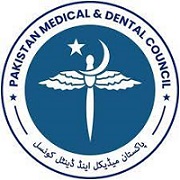SURVEY ON RETINOPATHY OF PREMATURITY (ROP)
Abstract
Purpose: This study aims to investigate the incidence and the relative risk factors of retinopathy of prematurity (ROP) and posterior-ROP (P-ROP): ROP in Zone I and posterior Zone II, as well as to analyze the occurrence of surgical treatment of ROP and to evaluate the short term outcome of the disease .
Methods: It is a prospective observational study; all infants with a birth weight (BW) ≤ 750 g and/or a gestational age (GA) ≤27 weeks born between January 1st 2010 and 18 January 2014 in neonatal intensive care unit were included in the study.
Results: 71 infants were examined: 49 (62.01%) developed ROP and 22 (30.99%) P-ROP. Following the multivariate analysis erythropoietin-therapy (p < 0.0001) and intraventricular hemorrhage (IVH) (p = 0.003) were significantly associated with ROP while gestational age ≤24 weeks (p = 0.011) and sepsis (p = 0.002) were associated with the onset of P-ROP. A favorable outcome was reported in 59 (83.09%) newborns affected by ROP. Adverse outcome occurred in 12 patients.
Conclusions: P-ROP is the most aggressive type of ROP. It associates with lower GA and sepsis. Obstetricians and Neonatologists must focus on the reduction of severe preterm births






